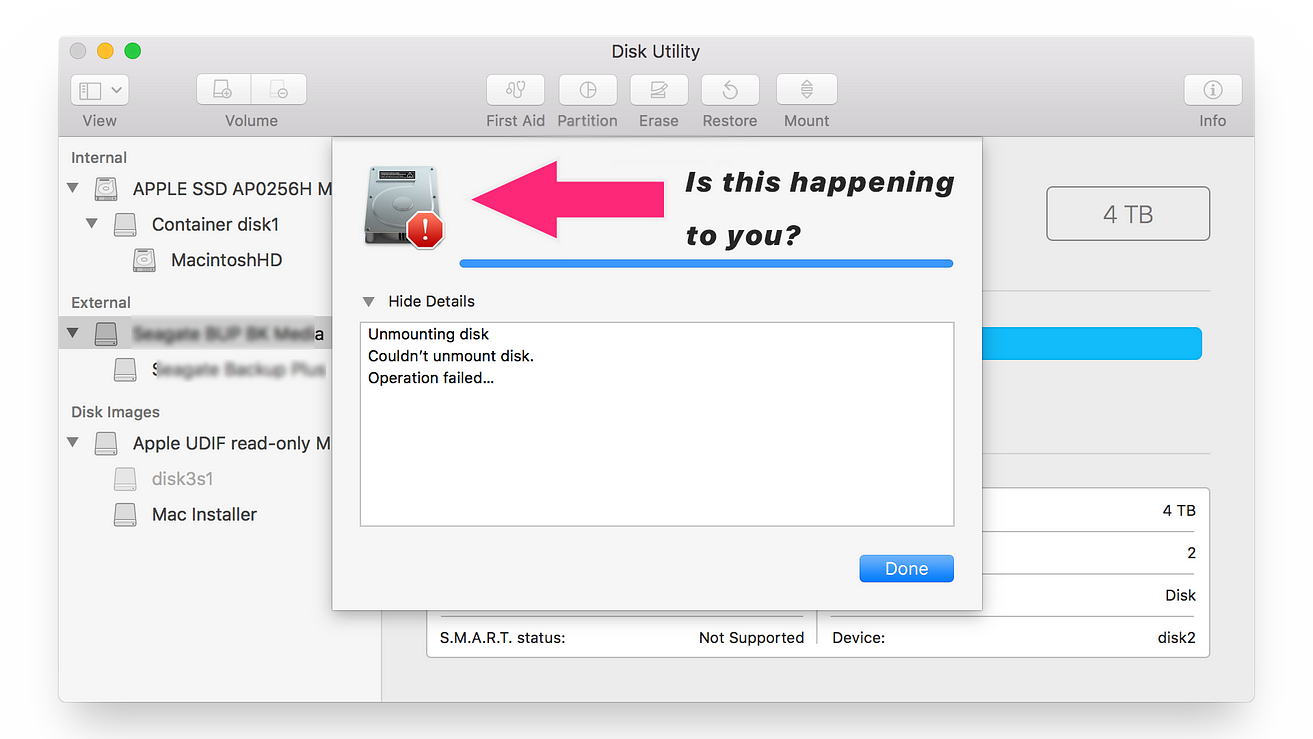

- #Best format for mac os high sierra how to
- #Best format for mac os high sierra full version
- #Best format for mac os high sierra mac os x
- #Best format for mac os high sierra install
An easy way to go about this is to get a Mac cleaning app like CleanMyMac. You might not want to backup the files you don’t need and system junk, so make sure to clean that up beforehand.
#Best format for mac os high sierra install
The process of performing a clean install involves wiping your Mac’s main drive clean so it’s essential that you back it up immediately before you start.
#Best format for mac os high sierra full version
With Setapp, you always have the latest full version of every app. You don't need to dig through Internet to search and and download each apps mentioned below, all of them available on Setapp. Once you have everything that's needed, let's begin. Don’t worry, this step-by-step guide will walk you through all you need to do.
#Best format for mac os high sierra how to
How to clean install macOS on a startup drive If you don’t know which one you have, go with the first option, startup drive. It’s a more lenient and less intrusive way because your Mac doesn’t get wiped clean, only your system.


If you have another drive or volume other than your startup drive, use the second way which is clean installing on a non-startup drive. This way entails one important fact: all your files and data will be deleted during the process. If you only have one drive and it’s not partitioned and this is where you have all your files and your OS, your choice is to clean install on the startup drive.
#Best format for mac os high sierra mac os x
On Mac OS X 10.13 and later, Apple File System (APFS) is recommended.On Mac OS X 10.12 and earlier, HFS+ / Mac OS Extended (Journaled) is recommended.Make sure to only use hard drives that are not formatted case-sensitive for installing and using NI products on Mac computers.įor best results, your external drive should be formatted the same as your operating system's native format. The description shows if the selected hard drive's format is Case-sensitive:.Choose the hard drive volume that you want to verify from the list on the left hand side of the window.Open Disk Utility from Mac HD > Applications > Utilities.To find out if you are using a case-sensitive hard drive, follow these steps: Case-sensitive hard drives are not supported by Native Instruments. If a hard drive is formatted 'case-sensitive', the system distinguishes between uppercase and lowercase letters that are used for volume and folder names. On Mac systems, hard drives can be formatted in a variety of ways.


 0 kommentar(er)
0 kommentar(er)
